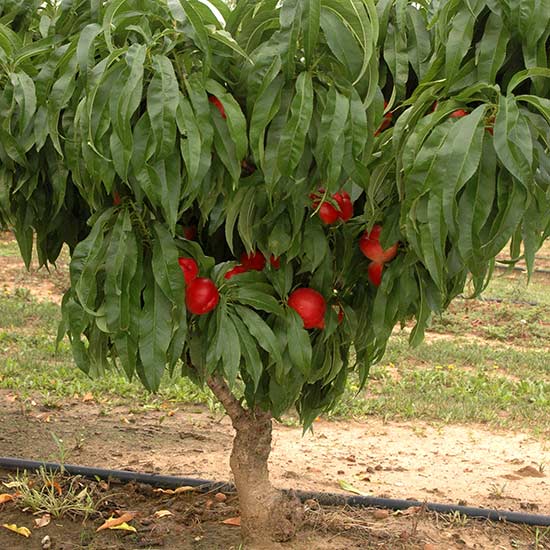Renovating & Restoring Neglected Fruit Trees
Many people move to new homes where the previous owners or even the builders had planted fruit trees. In pre-war years there was often an emphasis on providing new homeowners with two fruit trees – an eating apple and a cooking apple. The reality is that these trees usually get left unpruned or get hacked about as the garden owners have no time or knowledge to manage the trees. Continue reading








